
Facts are fine, fer as they go… but they’re like water bugs skittering atop the water. Legends, now — they go deep down and bring up the heart of a story.
–Marguerite Henry, Misty of Chincoteague
A great scraping sound pierced through night air, louder even than the sounds of the ever-present waves and winds of the Atlantic. With the din came a shuddering feeling as if the earth herself were attempting to shake free some creeping pest. And then, silence. A silence that could have momentarily given some comfort that perhaps all was well; that is until the insistent chiming of a ship’s bell shattered the momentary illusion.
Suddenly the still night erupted into a whirl of chaos. Men scrambled across a slick wooden deck amidst orders to abandon ship. The chilled air carried the taste of salt mingled with fear, and over the turmoil came a horse’s scream. A young deckhand stopped in his tracks to listen as the scream repeated itself, echoing from the ship’s hold as dozen’s of horses cried out for their lives to any man willing to listen.
Without hesitation, the boy ran below deck to find that the hold was quickly filling with seawater, which belched in from a long, wide crack in the galleon’s hull. The ship’s living cargo pranced in place, sloshing up splashes of water with their hooves and railing against stall doors in a desperate attempt to break free. Acting fast, the boy ran from stall to stall, throwing open doors as horses reared forward. At first it seemed the animals wouldn’t know where to go, but a leader soon emerged, the only one brave enough to do what needed to be done.
The great beast took a surveying glance at the gaping hole in the ship’s side, and then with a beckoning nicker, plunged through and into the briny night. Soon others followed and the young deckhand let out a triumphant cheer as the horses disappeared into the sea, swimming toward an uncertain future. What lay ahead in the inky waters, none of them knew, nor did they know that what they were fleeing towards was a new life, untamed by the hands of man, forever living between the tides.
A long time ago, I used to fill notebooks with stories like this, accompanied by rudimentary drawings of horses with flowing manes. You see, when I was young, I went through a somewhat lengthy “horse phase,” a seeming rite of passage for me and my friends in elementary school. During this time, which spanned a handful of years, all I wanted to do was be around horses, talk about horses, look at pictures of horses, and of course, read books about horses. It didn’t take long for this obsession to lead me to Marguerite Henry’s Misty of Chincoteague, a novel that thoroughly captured my imagination. I could picture myself on a distant seashore, surrounded by windswept, patchwork ponies as ocean waves crashed around my legs. As child these images seemed like an unattainable dream. I never imagined I would get to travel someday, the notion seemed impossible for an unremarkable horse girl from Michigan.
As it turns out, life doesn’t always go the way you think it will when you’re a kid, and this unremarkable, “every-animal-under-the-sun woman” from Michigan finally decided to gift the memory of her younger self with a trip to Assateague island to see the legendary ponies she dreamed about all those years ago.
Independence Day weekend offered me and Vince the perfect opportunity to take a quick trip to the coast, driving late into Friday night before finally grabbing a few hours of sleep at a rest stop. Early morning we were at it again, carefully passing Amish buggies as we traversed the green hills of Pennsylvania. By midday we made it to Delaware and decided to stop for a hike at Cape Henlopen State Park, a much needed break from sitting in the car. We selected Gordons Pond Trail because it traversed along one side of a salt lagoon, which meant it that was sure to be teeming with birds.
Gordons Pond did not disappoint. Blooming prickly pears and ripe blackberries lined the trail, and strong winds whipped at marsh grasses, making them ripple like waves. And there were birds. Along the walk we spotted snowy and great egrets, red-winged blackbirds, laughing gulls, and green herons.

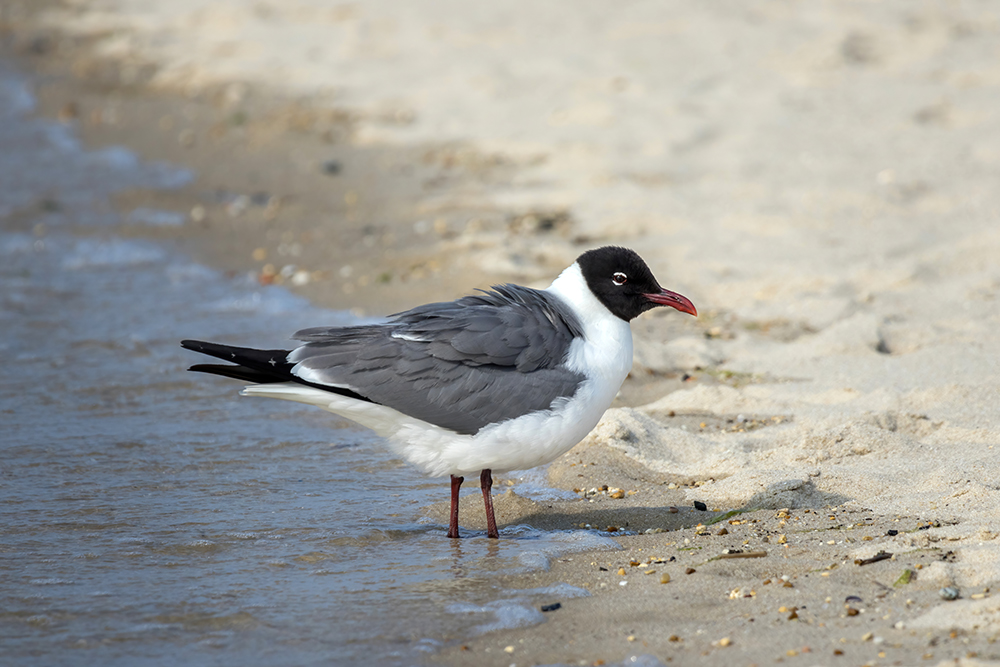
After our walk, we went into the nearby town of Lewes for dinner before getting back on the road yet again. Vince drove the remaining hour to our hole-in-the-wall motel in Maryland that I’d booked at the last possible minute. The accommodations weren’t luxurious by any stretch of the imagination, but after a long journey, I was beyond grateful to get to sleep in a bed. We turned in early because we were travel weary, and I appreciated getting a good night’s sleep when my alarm sounded at six the next morning.
Finally, this was the day that we would go out in search of the wild ponies. Assateague Island is one long barrier island that stretches from Maryland down to Virginia. Our first day would be spent on the Virginian side of the Island at Chincoteague National Wildlife refuge. I’d read that the best way to see the Virginian pony herd was to go on a boat tour, so we drove down to the town of Chincoteague for a morning cruise with Barnacle Bill’s Wild Pony Boat Tours.
Our boat pulled out of the marina right on schedule and our captain immediately went in search of a pod of dolphins that had been spotted that morning. We did end up finding the pod, but they were in a particularly non-jumpy mood so there wasn’t much to see. That was okay though, because my real interest was in the ponies, so I wasn’t disappointed when our captain decided to give up on the dolphins and move inland. We sailed along the edge of a salt marsh where American Oystercatchers and White Ibis stilted atop the sand.


But thoughts of birds vanished when I spotted a large, dark shape disrupting some distant marsh grasses. I knew without a doubt, that I’d just glimpsed my first Chincoteague pony.
The captain had seen it too, and he began carefully navigating into the shallow waters of the marsh, inching closer and closer to pony. More of them came into view as we got nearer, and our guide identified them Riptide’s band. Riptide is one of the most famous stallions in the Chincoteague herd, but he seemed resolved to hover at the outskirt of the band, never raising his head from grazing on marsh grasses. The band’s mares on the other hand, were more clearly visable, and we even got to see an adorable, palomino foal.
Tide was on its way out, so we couldn’t stay in shallow waters for long. Our captain maneuvered the boat back out to sea, and headed in the direction of the Assateague Lighthouse, a one hundred and forty-two foot high lighthouse that has been flashing warning lights to sailors since its completion in 1867. Along the way our guide told us about the history and legends of the area, including the local lore that the ponies are descendants of horses that escaped from a sinking Spanish galleon that ran aground off the coast of Assateague sometime around the year 1750. She said that another theory is that local landowners set their horses free on the island in order to avoid livestock taxes and skirt fencing laws. I’m personally more partial to the dramatic shipwreck tale if for no other reason than it’s more exciting.
Upon approaching the lighthouse, we saw a much larger band of ponies who were grazing closer to the water. Now this was the pony sighting of my childhood dreams. A pinto mare and foal stood knee-deep in lush grass right by the waters edge, and more colorful ponies dotted the expansive field behind them.
It was so exciting to me to see the setting I’d read and daydreamed about as a child, and the windswept, sturdy ponies living free on their island. Our guide pointed out this band’s stallion, who was named Tornado, but I have to confess that the nearby foal commanded most of my attention. I was practically beside myself with glee as we watched him clumsily walk over the unstable, mucky ground, trying to master control of his knobby legs.
I could have sat and watched the ponies grazing all day, but our tour was nearing the end of its two-hour run time and we had to return to the harbor. Thankfully, there was still more to see along the way. We got a distant view of one last band of ponies and their stallion, Beach Boy, and got quite close to get a good look at a bald eagle. Then we made a stop to see the Assateague Channel and learn about the annual Pony Penning event, a tradition that dates back to at least 1835. Every year at the end of July, volunteer “saltwater cowboys” round up the Chincoteague herd and swim them across the channel and into the town of Chincoteague. The ponies walk down main street and into a corral where a certain number of them will be auctioned off in order to keep the herd’s numbers in check. Remaining ponies are returned to the wild after the event.
After the tour, Vince and I had the rest of the day to spend at Chincoteague National Wildlife Refuge, and we started out by hitting the trails. Of course midday in July is going to make for extremely hot hiking conditions, and I made sure to coat any visible skin in a thick layer of sunscreen. What I hadn’t counted on however, was the onslaught of mosquitoes in the middle of the day. Back in Michigan we get mosquitoes, but they prefer to attack at dusk and dawn. Apparently the mosquitoes in Virginia don’t mind 98 degree, blistering sunlight, and we spent the entire hike getting absolutely demolished by a cloud of mosquitoes that we couldn’t seem to escape from.
We hiked about eight miles in total, completing four different trails, but eventually we had to admit defeat and hightail it back to the car. When we finally got there after what felt like the most harrowing eight miles of my life, we practically collapsed into front seat, blasting the AC as high as it would go. I took stock of my arms and legs, which were dripping in sweat mixed with my own blood from squashed mosquitos that had gotten one last meal before their demise.
I turned to Vince, “want to go to the beach instead?”
He was in agreement. More hiking was definitely not appealing. We spent the rest of the day relaxing and swimming in the Atlantic, and I got distracted watching coquina clams burrow into the sand after being washed up by waves. Eventually we decided to leave in search of dinner, and as we drove out of the park, we got one last look at some of the wild ponies who had moved inland while we’d been at the beach. I even recognized a couple of them from one of the bands we’d seen that morning.
I slept well again that night and woke up the next morning itchy and covered in welts from all of the mosquito bites, but now that we knew what we were up against, we were more prepared. Instead of shorts, I opted for hiking pants, and I stowed a can of bug spray that we’d bought at a gift shop into my beach bag. At the last minute, I remembered to add a head net to my pack, and then we were off, on our way to spend the day at Assateague Island National Seashore in Maryland.
We arrived at the national seashore early, and were the first people into the visitor center when they opened for the day. I bought some pony stickers and then we drove into the park to begin our quest to find the northern herd.
There are only three short trails in the national seashore, and we started with the Life of the Marsh trail. It traversed along an elevated boardwalk, crossing over the salt marsh. There were no ponies in sight, but there was evidence that ponies had been there in the form of piles of scat on and around the boardwalk. Notwithstanding the lack of ponies, we enjoyed watching a tern diving into the water in search of breakfast, and saw several blue crabs from our elevated vantage point.
Next up, we tried the Life of the Forest Trail, which was equally beautiful to marsh trail…and equally bereft of ponies. Once again we saw pony scat, along with hoof prints on the edge of a little pool of fresh water.
Just when we thought we wouldn’t encounter any wildlife in the forest, a petite doe wandered into sight, followed by a tiny, adorable fawn.
They were Sika Deer, another species I’d hoped we would get to see on Assateague. Sika deer are native to Japan and were introduced to Assateague Island sometime in the 1920’s. While biologists in Maryland initially feared that they would outcompete native whitetail deer for resources, it has been found that sika deer mostly keep to habitats that are less favorable for whitetails. The sika deer management strategy is now to keep their population at a level where they can co-exist with local farmers and native wildlife.
The deer were indisputably a great consolation prize since there were still no ponies to be found. We watched them for a long time before hiking back to the car so we could get started on the park’s third and final trail.
The Life of the Dunes Trail was slightly more difficult to hike than its counterparts because there was no escaping the blazing heat of the sun, even though it was still early in the day. Notably absent from our day so far, were the millions of eager mosquitos. This observation made me grateful that all we were dealing with was heat, and suddenly the sandy trail seemed much more enjoyable.
But it wasn’t any more populated with ponies, although we did see evidence of their presence yet again. Our consolation prizes this time were seeing an osprey perched in a tree, and walking along the remnants of Baltimore Boulevard. This fifteen mile road was built in the 1950’s and destroyed by a nor-easter in 1962. Now the road serves mainly as a good place for seagulls to crack clam shells, and a reminder of the past.
After our third and final hike, we went for a swim in the ocean to cool off, having to dodge scat from the seemingly non-existent ponies as we walked across the beach. A quick dip in the waves was exactly the refresher we needed, and after drying off, we decided to continue our search for the wild ponies by driving all of the park roads one more time.
This destinationless drive didn’t yield the results we were after, but it did cause us to stumble upon a ranger-led afternoon crabbing program, which was enough to distract us from our mission. Vince managed to pull up a crab fairly quickly and we got to hold it for a few minutes before dropping it back into the marsh.
Toward the end of the program we noticed a band of ponies hanging out at a very distant point out in the marsh, so far away that they looked like specs on the horizon to the naked eye. This refocused me on the goal of finding the herd, so we hopped back into the car and continued driving through the park.
After several minutes on the road, I finally spotted a trio of ponies in the last place I would have thought to look. Standing right in front of someone’s motorhome, rendering their campsite entirely unusable.
We spent some time watching the ponies from a distance, and I circled the site, trying to find angles where I could photograph them without any camping equipment in frame.
While I was happy to have found some members of the northern herd, this didn’t quite count as the wild experience I was looking for, but some kayakers we’d seen earlier in the marsh had given us an idea. We headed to Assateague Outfitters and paid for a tandem kayak rental, then we paddled out into the marsh in search of the distant ponies we’d spotted during the crabbing program.
Just as the ponies came into sight, my hopes were dashed. They were on the move, trotting away and disappearing into scraggly brush, and we were still much too far away to get to them on time. Frustrated and disappointed, Vince and I discussed what to do now, and decided that we may as well make the most of our two-hour kayak rental.
Lazily, we kept paddling, even though most of our enthusiasm had evaporated. Several minutes too late, we passed the area where the ponies had been mere moments ago. I eyed the area ruefully, as though the little peninsula itself were to be blamed for its lack of ponies. But at we rounded the point, my pulse sped up. I’d spotted another band of ponies at the tip of the next point over.
I turned around to look at Vince, not even needing to give words to my thoughts. He sighed, “They’re pretty far away, hon. We have to turn back in twenty minutes, whether we get to them or not.”
That was all the encouragement I needed to paddle with a strength I was hitherto unaware that I possessed. When we had to get out of the boat to portage across some swamp grass, a tugged with the strength of the hulk despite my legs sinking knee-deep in the muck with every other step. Vince couldn’t even keep up with me, and eventually gave up, trailing behind me as I finally stepped out of the grass and into the section of water directly in front of where a band of five ponies grazed. There were three mares, a foal, and a gorgeous chestnut stallion who hung back in the distance, keeping watch over his herd.
This was the moment I felt like I’d been chasing all weekend. Vince and I were the only two humans in sight, with a front row seat to watch wild ponies frolicking in the marsh. In my mind, I was back in 1750 with the legendary Spanish horses as they forged a new life for themselves among the crooked trees and sand dunes of Assateague. The work it had taken to get here only served to make the moment feel more meaningful. All of our searching and failing throughout the day was made completely worth it by this moment of quiet solitude with the ponies, and I could hardly believe that a truly wild experience like this could be had just fifteen minutes away from the beachfront high-rises and amusement parks of Ocean City.
True to my word, I conceded to turn around at Vince’s designated return time, and we returned our kayak with time to spare. Evening was growing nearer and we began the short drive out of the park, going slowy just in case we happened to encounter any more ponies. As luck would have it, they’d all emerged from hiding and there were small clusters of them along the park road. We stopped to admire one last group in a beach parking lot, giving me one last opportunity to try to shoot pictures from angles that looked wild despite cars passing behind the ponies, and a crowd of people gathered to admire them.


There were park rangers making sure visitors didn’t get too close to these ponies, and they had lots of interesting information to share including that naming rights to the northern herd are auctioned off to the public, resulting in some really interesting pony names (eg. Fitzpatrick’s Declirian Star). They also told us that the national seashore has a much different method for controlling their pony population than the pony penning in Chincoteague. When the northern herd starts to exceed more than around 100 ponies, all of the mares will receive remotely administered birth control injection. The birth control lasts a season, and then they can go back to having foals again depending on if the population goals have been met.
As we finally left the park, there were dozens of ponies grazing along the side of the road, a perfect send-off to an amazing, very pony-themed weekend. The next morning it was time for us to make the long drive back home, but I could hardly feel sad about leaving when the short trip had been so perfect. Although I can’t talk to my younger self to confirm this, I think that she would be very happy to know that her Assateague Island dreams would someday come true.



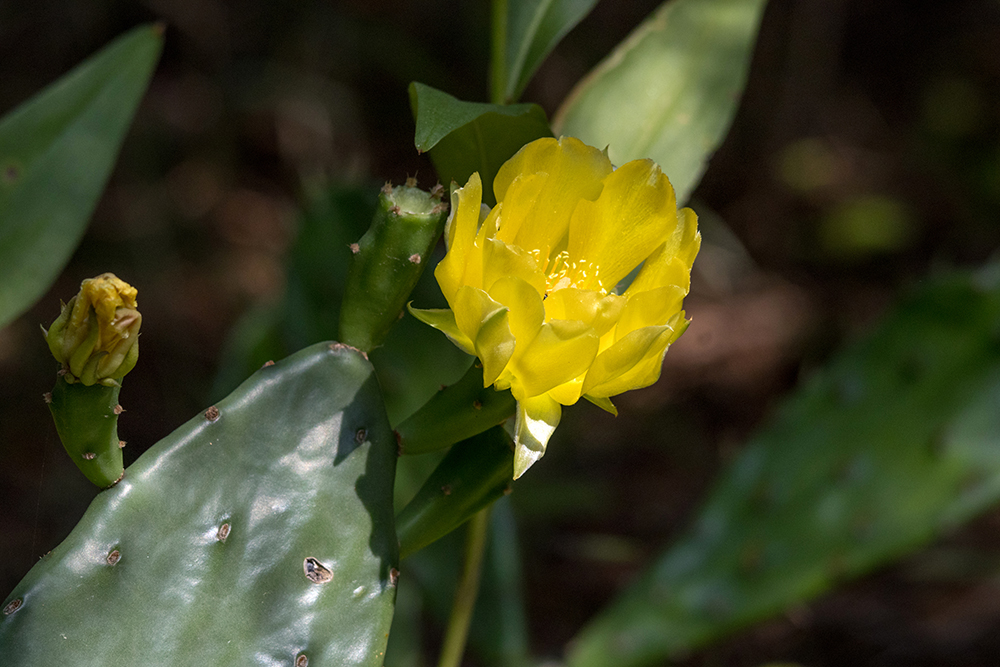










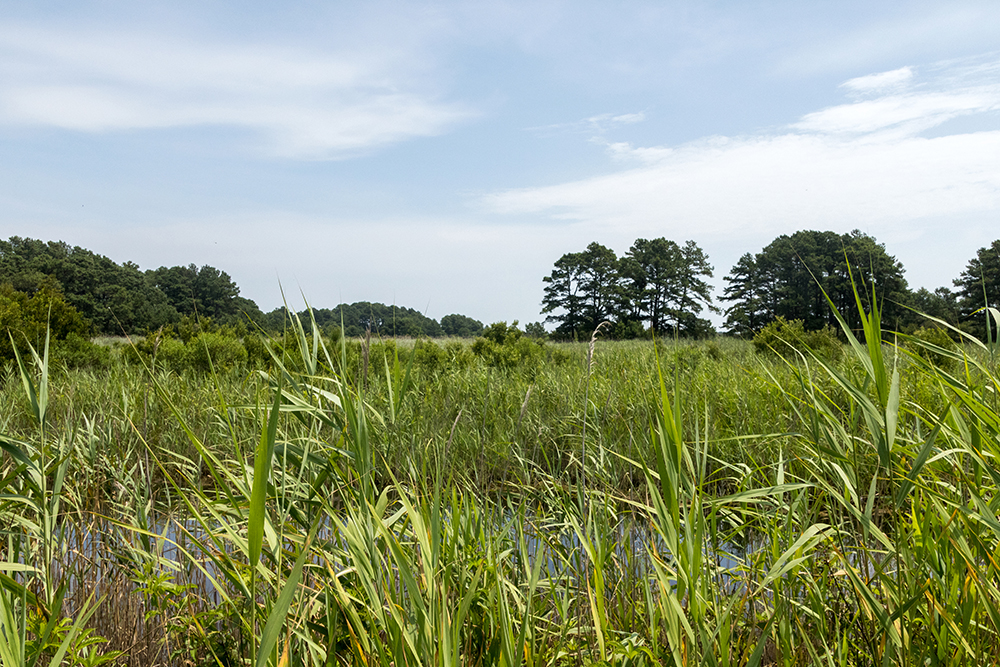




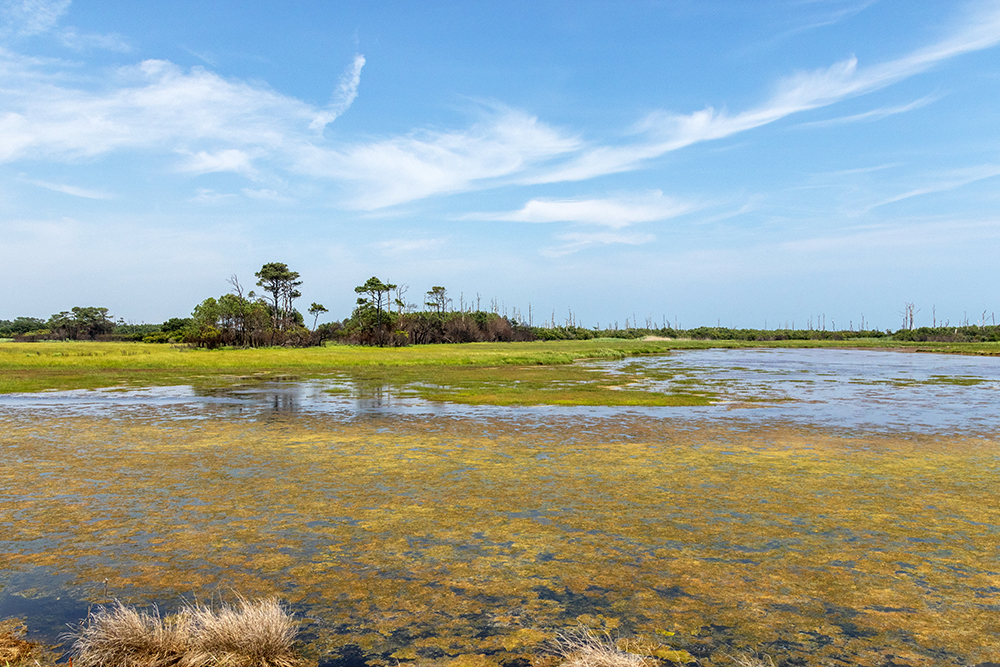






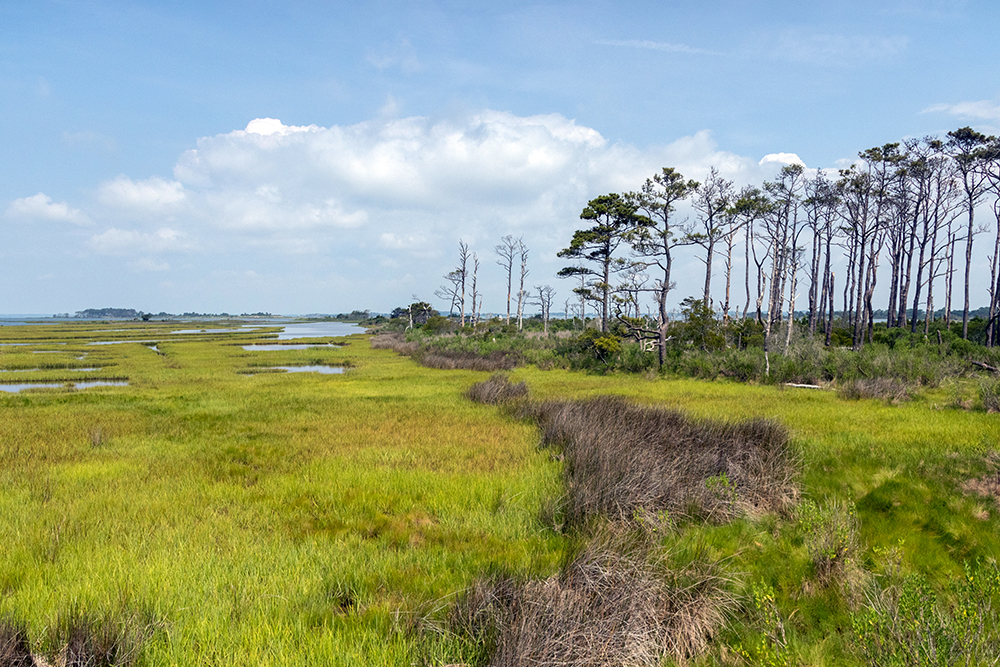









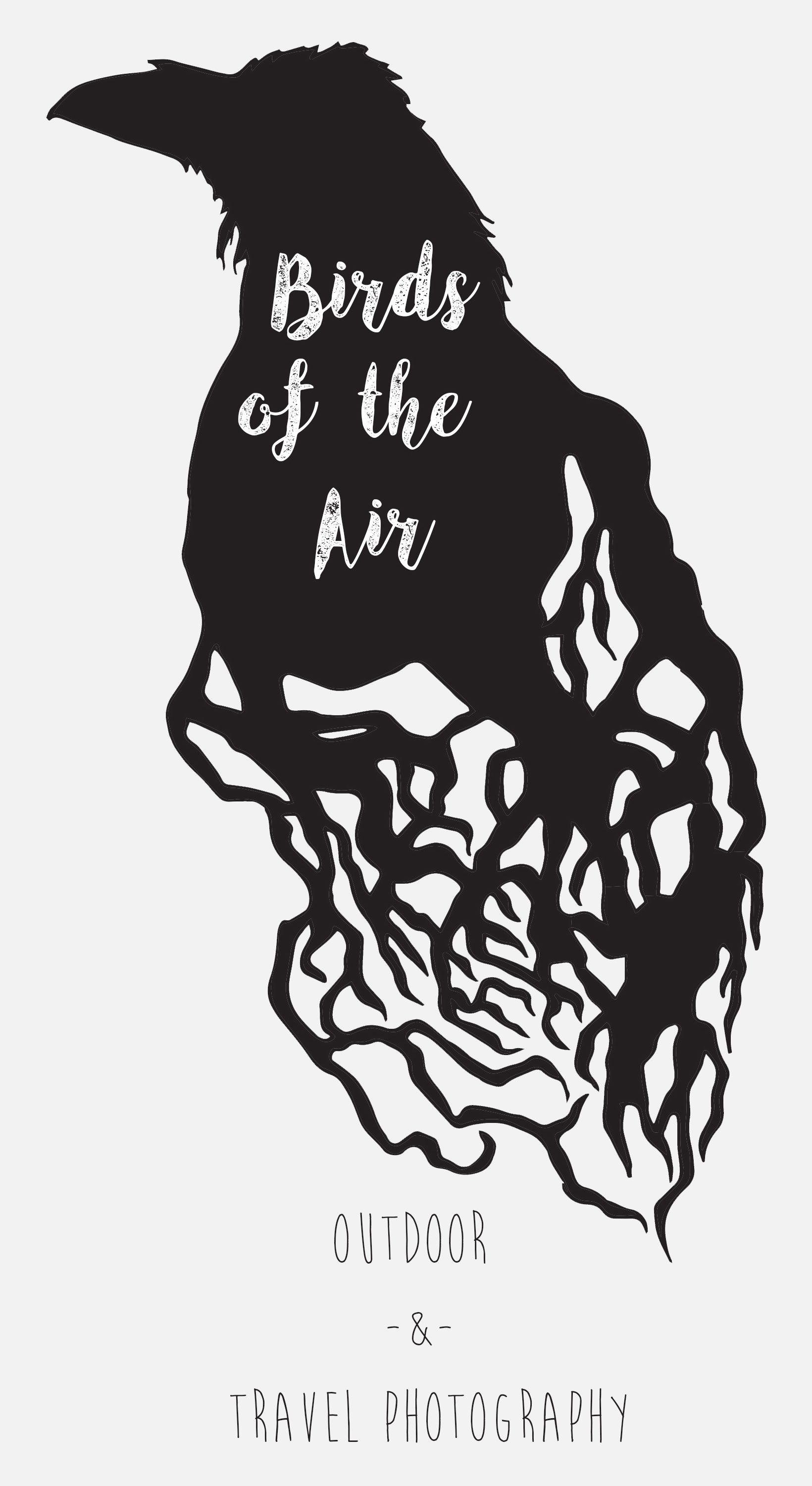







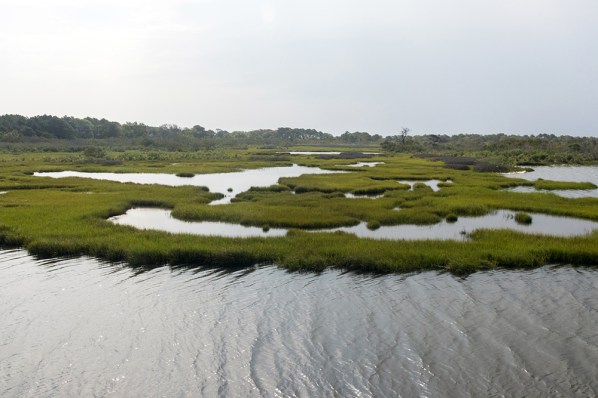


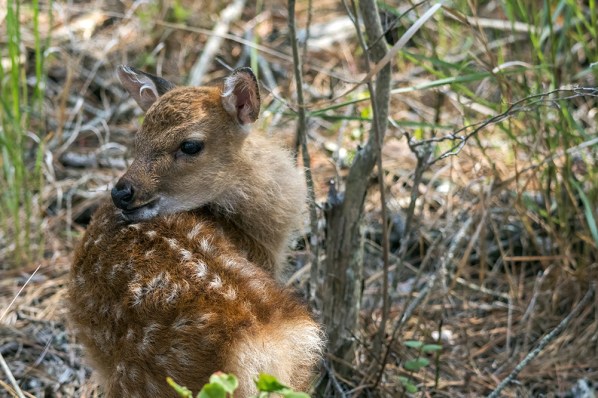

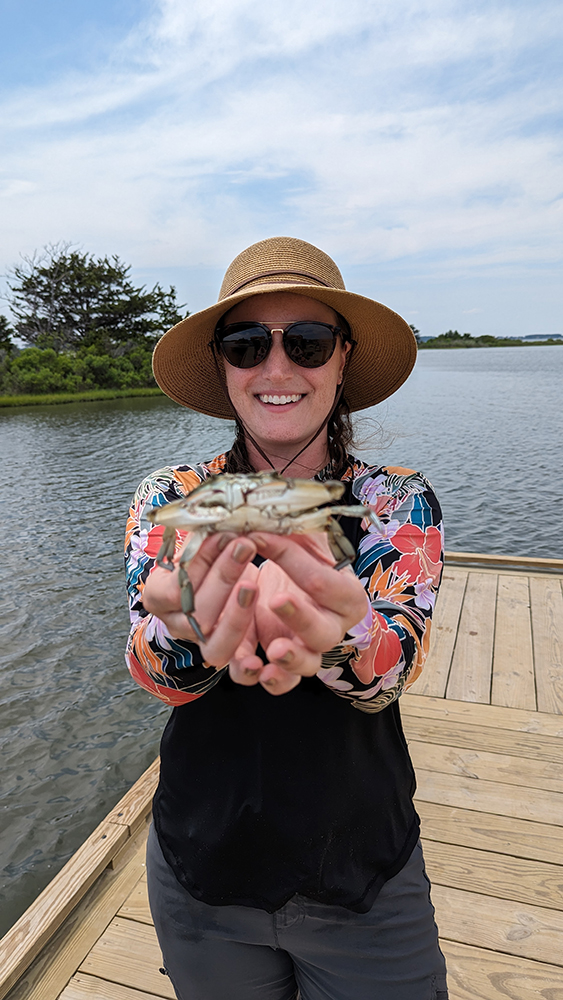
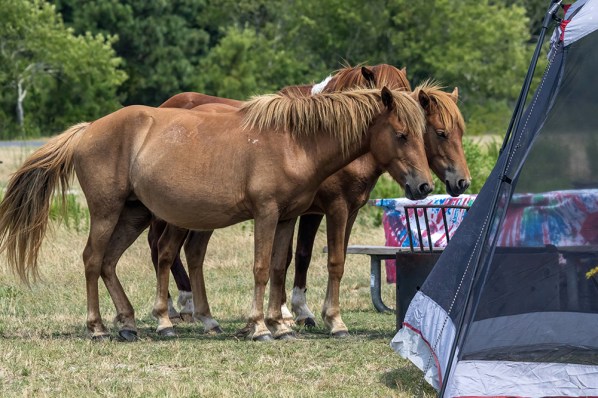





Thank you, Kaiti, for the wonderful post, and your extraordinary beautiful photography! As I will not be able to travel to see this unique place, you made me see its beauty in a way as if I was there!
Joanna
Thank you, Joanna!
You are more than welcome!
Joanna
What an extraordinary quest to see those beloved ponies. Beautiful images and great story, thank you.
Thank you so much!